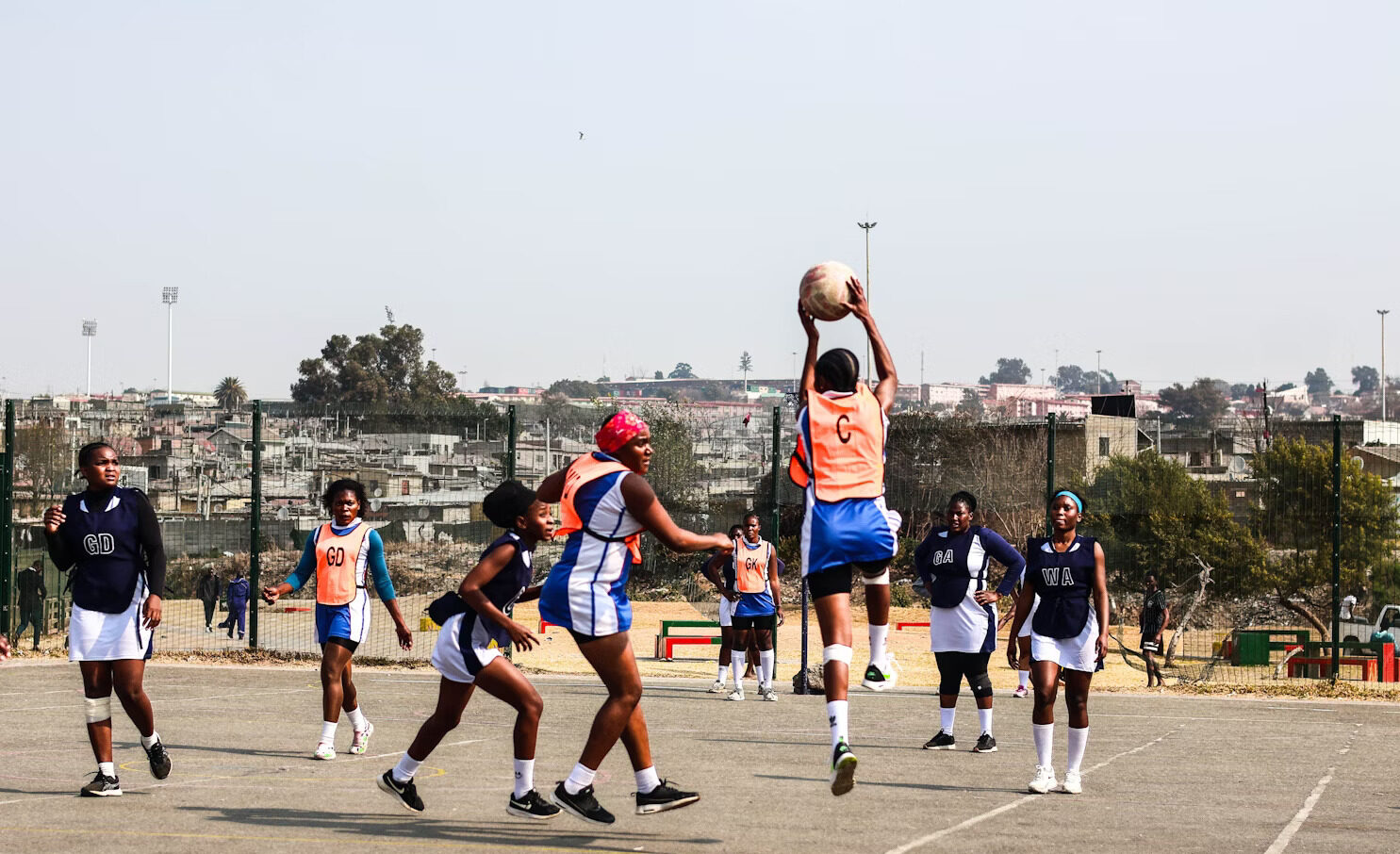[mkdf_dropcaps type=”normal” color=”#f55549″ background_color=””]B[/mkdf_dropcaps]
oth the AFL and NRL, Australia’s two most popular sporting competitions, have undoubtedly undergone many challenges due to COVID-19, much like almost every industry around the world.
They were both forced to temporarily suspend their 2020 seasons in March due to the impact and threat of COVID-19, putting the existing sponsorship deals for both competitions under question.
The NRL was the first to restart at the end of May, and after lengthy negotiations with its domestic broadcast partners, Nine and Foxtel, reached revised, discounted deals that saw the broadcasters save tens of millions of dollars over the next few years, not only for this season.
When the NRL returned for round three, it saw almost 4.5 million Australians watch the TV broadcast, marking the fifth-largest TV audience for a regular season weekend in NRL history, with the first game attracting a combined 1.3 million viewers, a record outside of finals and Origin since 2014.
The AFL followed shortly after, returning in June, also with a reduced broadcast agreement with its domestic broadcast partners, Seven and Foxtel, with Seven reportedly saving around 19% over 2020-22.
For the AFL season restart, 5.8 million Australians tuned into the TV broadcast across Seven and Foxtel, 1.3 million more than the NRL restart, helping the AFL keep its broadcast viewership lead over the NRL.
A Roy Morgan study showed 7.4 million Australians watch the AFL on TV, compared to six million for the NRL, with both more men and women watching the AFL compared to the NRL, with the AFL being strongest among Australian aged over 50.
Key broadcast metrics for the AFL over the course of its 2020 season include a Thursday night matchup in round two between Collingwood and Richmond being the most watched game of the season with an average of 1.63 million TV viewers.
This game also ranks as the third highest watched sporting event so far in 2020, behind the Australian Open men’s final, and fourth round match between Nick Kyrgios and Rafael Nadal.
Notably, the AFL also recorded over 10 games with more than one million average TV broadcast viewers, with Thursday and Friday nights proving the most popular; Thursday night games made up three of the top 10 games for 2020 and Friday night games made up six of the top 10.
The AFL also reported national TV audiences 14% higher per game over the course of the entire season, compared to the same time periods for the 2019 AFL season.
A large percentage of this increase can presumedly be attributed to a 32% rise in Brisbane audiences, which is undoubtedly thanks to the hosting of the majority of matches in Queensland, along with the on-field success of the Brisbane Lions.
Victorian audiences also rose by 13% over the course of the season, which can be attributed to all ten Victorian teams moving to Queensland hubs and no matches being held in Victorian stadiums with fans in attendance.
Following the NRL’s record-breaking return to action, OzTam ratings showed the competition saw a drop by round 10 of 1.15 million viewers for the round, a 25% decrease on the round three return which was just under two months before round 10.
In comparison, the AFL in the middle of July, just over one month following its return to action, saw a drop in 697,000 viewers for the round compared to the season restart round.
As the AFL is heading towards its Grand Final on October 24 at the Gabba in Brisbane and the NRL towards its Grand Final the very next day on October 25 at ANZ Stadium in Sydney, the two competitions have shared their broadcast numbers for several games of the ongoing finals series.
Week two of the AFL finals (October 9 and 10) saw a total of 2.7 million average audience across two games, both of which were higher than their counterparts from the 2019 finals series.
This was following an opening game of the 2020 finals series that recorded an average TV audience of 1.49 million, up 23% compared to its 2019 counterpart.
Last weekends NRL finals matches showed a drop in total viewership compared to their equivalent games in 2019, however, with the Roosters and Raiders matchup recording a total audience across Nine and Foxtel of 1.08 million, down from 1.152 million for the 2019 counterpart.
The matchup between the Eels and Rabbitohs also recorded a 10% drop in free-to-air viewership compared to the equivalent Storm and Eels matchup in 2019, despite recording the highest total audience for the Finals series so far in 2020 with 1.17 million viewers.
In comparison, the highest total audience for the 2020 AFL Finals series so far was a week one matchup between Brisbane and Richmond, which recorded a national average TV audience of 1.54 million, up 4% on its 2019 counterpart.
In the lead up to the Grand Finals for both codes next weekend, it will be interesting to see how the broadcast viewership battle comes to a close, with both Grand Finals set to be broadcast exclusively on their free-to-air broadcast partners, Seven and Nine.







